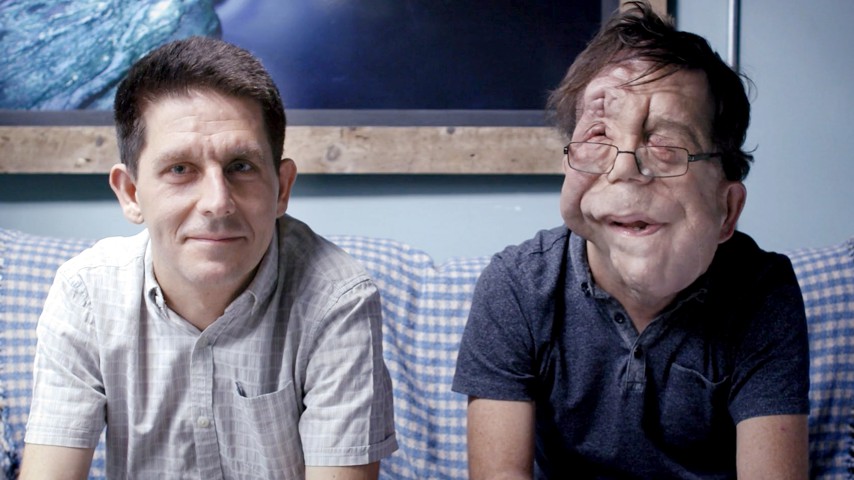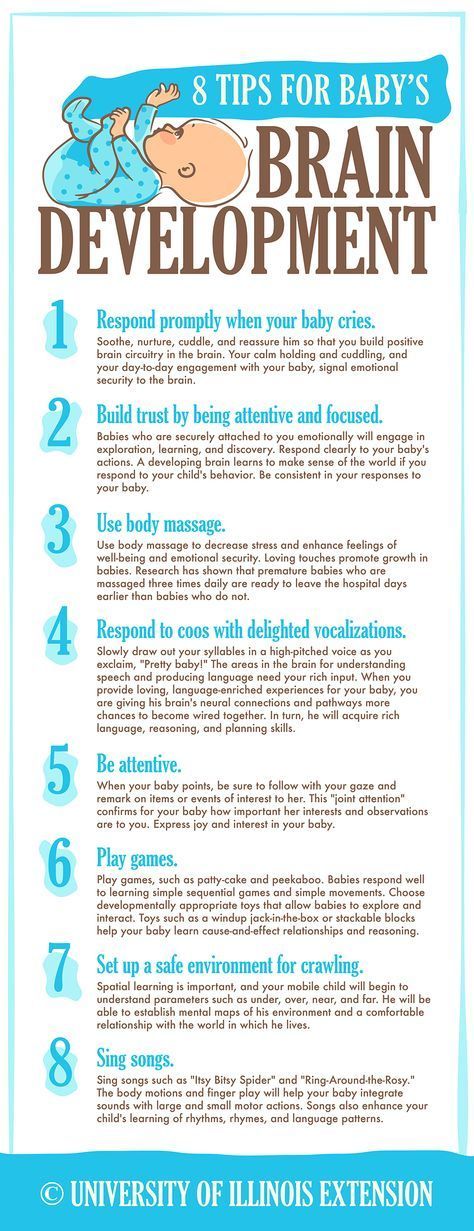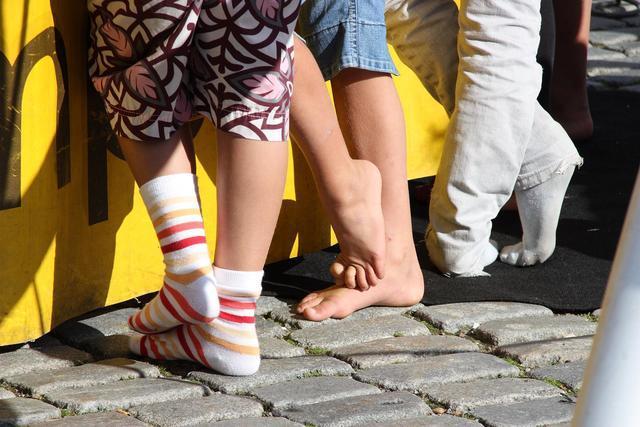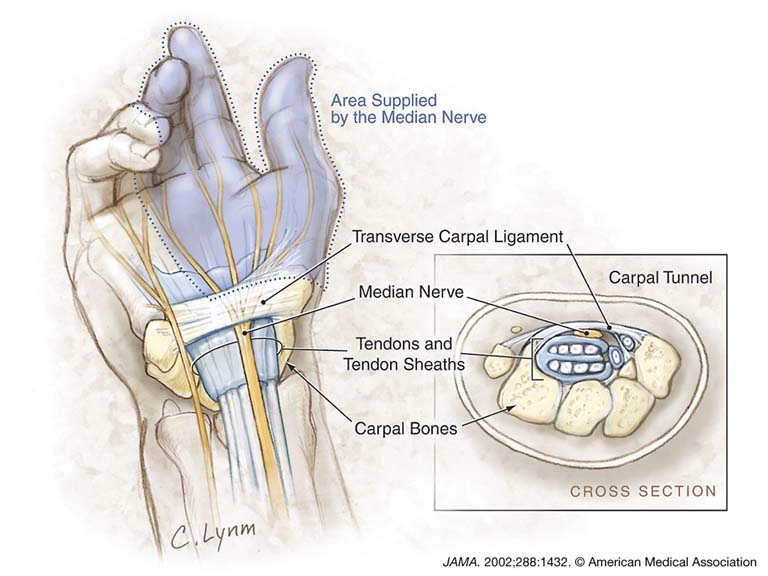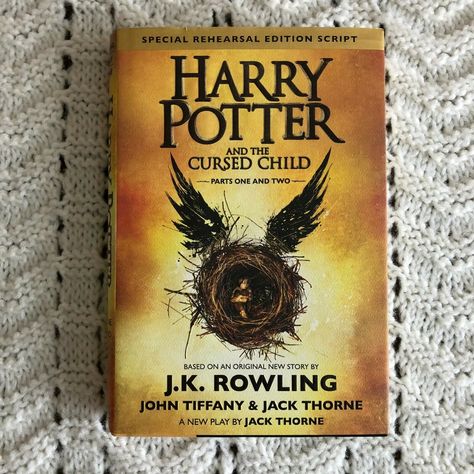Twins look alike
Why Do Twins Look Alike?
SCIENCE — Life Science
Have You Ever Wondered...
- Why do twins look alike?
- Do all twins look alike?
- Why are multiple births more common today?
Tags:
See All Tags
- Human Body,
- Science,
- Twin,
- Twins,
- Identical,
- Egg,
- Fertilized,
- Pregnancy,
- Dna,
- Fraternal,
- Gene,
- Cell,
- Division,
- Mutation,
- Appearance,
- Environmental,
- Fertility,
- Drug,
- Multiple Birth,
- Human Body,
- Science,
- Twin,
- Twins,
- Identical,
- Egg,
- Fertilized,
- Pregnancy,
- Dna,
- Fraternal,
- Gene,
- Cell,
- Division,
- Mutation,
- Appearance,
- Environmental,
- Fertility,
- Drug,
- Multiple Birth
Today’s Wonder of the Day was inspired by Alessa. Alessa Wonders, “Why do twins look alike?” Thanks for WONDERing with us, Alessa!
We were walking through the Wonderopolis field the other day when we overheard an interesting conversation between a cow and a couple of sheep:
Cow: Hey there, little sheep! I'm Buttercup. What's your name?
Sheep 1: I'm Dolly. Nice to meet you, Buttercup! This is my sister Polly.
Sheep 2: Hi Buttercup!
Cow: Hi Polly — wait a second! You look just like Dolly! What's going on here? Are you one of those cloned sheep?
Sheep 2: No, silly! We're twins!
Cow: Twins? Well, I never…
Sheep 1: That's right! Even our parents can't tell us apart!
We heard a disturbance over by the chicken coop, so we didn't get to hear the rest of their conversation. Dolly and Polly did make us start WONDERing, though. Exactly why do twins look alike?
If you've ever seen a pair of identical twins, then you know that they usually look…well…identical! That's because identical twins result from one fertilized egg splitting into two during pregnancy.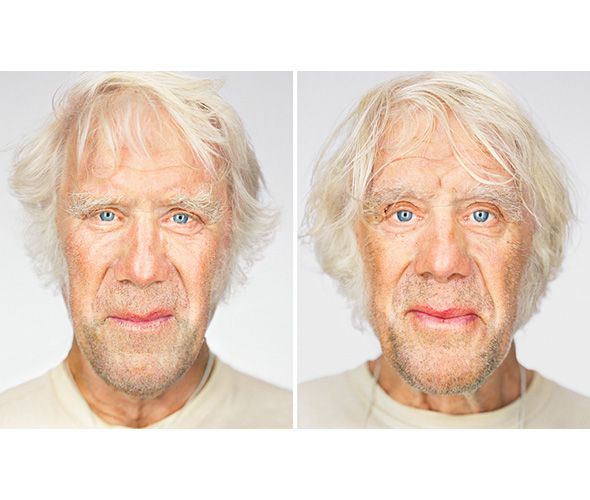 When they're born, identical twins share the same DNA, which explains why they usually look almost exactly alike.
When they're born, identical twins share the same DNA, which explains why they usually look almost exactly alike.
Identical twins aren't the only type of twins, however. Fraternal twins occur when two separate eggs are fertilized during pregnancy. Fraternal twins do not share the exact same DNA. In fact, they share only about half the same genes.
This is why fraternal twins often don't look any more alike than regular brothers and sisters. Unlike identical twins, fraternal twins can consist of both a boy and a girl born at the same time.
Although identical twins share the same DNA, you may have noticed that there are sometimes differences between identical twins, especially as they grow older. Scientists note that, after an egg divides in two, cells continue to divide as a natural part of the process of development of a baby with trillions of cells.
Each time a cell divides, the DNA has to be copied. Over the course of millions and millions of cell divisions, mistakes can occur, leading to mutations in the DNA. As a result, even identical twins don't necessarily have the exact same DNA by the time they're born.
As a result, even identical twins don't necessarily have the exact same DNA by the time they're born.
DNA is incredibly large and complex. Mutations that occur are statistically unlikely to affect the small section of DNA that pertains to one's appearance. Thus, identical twins do usually look identical. To the extent that mutations do occur in the genes dealing with appearance, differences between twins can be seen.
Differences can become even more apparent over time. These differences that vary with age don't necessarily have anything to do with DNA. Instead, they're likely the result of environmental differences.
As twins grow up, they will not do everything identically. Differences in eating habits, exercise, and sleep can lead to differences in appearance, as well as overall health.
If it seems like you've seen more twins and triplets in recent years, you're not seeing things. Multiple births have been on the rise for a few decades now. Scientists believe new fertility drugs, which help women conceive, often increase the likelihood of multiple births.
Wonder What's Next?
Join us in Wonderopolis tomorrow to help us eggs-plore a mystery!
Try It Out
Are you ready to double your fun? Check out the following activities with a friend or family member:
- How common are twins in your family or school? With help from an adult friend or family member, map out your family tree across a few generations. How many sets of twins do you find? Think about all the kids you know at school. Do you know any twins or triplets? If so, do they look a lot alike? Why or why not?
- What do you think it would be like to grow up with a twin? You would always have a friend to play with. You could share clothes. It would probably be fun to switch identities every once in a while to fool people. On the other hand, it might be difficult to cultivate your own individual identity. Put together a list of pros and cons of being a twin. Given all the factors you can think of, would you want to be a twin?
- Do you have a vivid imagination? Prove it! Write a short story about twins who are separated at birth.
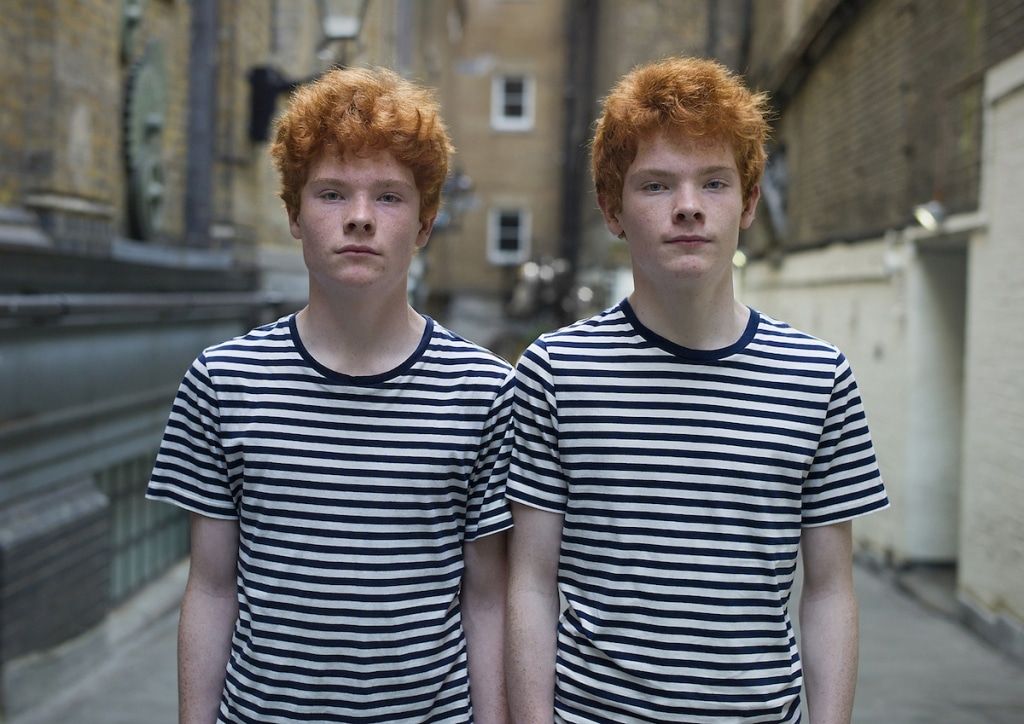 They are raised by different parents in different cities. One day, they meet accidentally. It's like looking in a mirror…almost. They look quite a bit alike, but there are differences. How are they similar? In what ways are they different? How did their different childhoods affect the people they became? Share your story with a friend or family member.
They are raised by different parents in different cities. One day, they meet accidentally. It's like looking in a mirror…almost. They look quite a bit alike, but there are differences. How are they similar? In what ways are they different? How did their different childhoods affect the people they became? Share your story with a friend or family member.
Wonder Sources
- http://kidshealth.org/en/kids/twin-triplet.html
- http://genetics.thetech.org/ask/ask142
- https://ww2.kqed.org/futureofyou/2016/03/29/why-identical-twins-dont-always-look-the-same/
Did you get it?
Test your knowledgeWonder Contributors
We’d like to thank:
Kristina, Isobel, Camryn and Sasha
for contributing questions about today’s Wonder topic!
Keep WONDERing with us!
What are you wondering?
Wonder Words
- coop
- pair
- exact
- affect
- unlikely
- complex
- separate
- divide
- process
- continue
- mutations
- incredibly
- disturbance
- pregnancy
- differences
- development
- necessarily
- statistically
Take the Wonder Word Challenge
Rate this wonder
Share this wonder
×GET YOUR WONDER DAILY
Subscribe to Wonderopolis and receive the Wonder of the Day® via email or SMS
Join the Buzz
Don’t miss our special deals, gifts and promotions. Be the first to know!
Be the first to know!
Share with the World
Tell everybody about Wonderopolis and its wonders.
Share Wonderopolis
Wonderopolis Widget
Interested in sharing Wonderopolis® every day? Want to add a little wonder to your website? Help spread the wonder of families learning together.
Add widget
You Got It!
Continue
Not Quite!
Try Again
Doppelgängers Don't Just Look Alike—They Also Share DNA | Smart News
Four pairs of "human doubles" included in the study Courtesy of François BrunelleDoppelgängers share strikingly similar physical characteristics—they look so alike that, at times, these two unrelated people could easily pass for twins (or, at least, siblings).
Now, new research suggests that doppelgängers have more in common than meets the eye. People with very similar faces also share many of the same genes and lifestyle traits, according to a new paper published Tuesday in the journal Cell Reports.
People with very similar faces also share many of the same genes and lifestyle traits, according to a new paper published Tuesday in the journal Cell Reports.
It may seem obvious that people with similar facial features would also have some of the same DNA, but no one had scientifically proven this, until now. Thanks to the internet, it’s now easier than ever for researchers to track down and study doppelgängers.
View this post on Instagram
A post shared by François Brunelle (@francoisbrunelle.doubles)
To understand what was going on at the genetic level among look-alikes, scientists collaborated with the Canadian photographer François Brunelle. Since 1999, Brunelle has been traveling around the world to capture intimate portraits of strangers who look nearly identical to one another for his “I’m not a look-alike!” project.
Researchers asked 32 pairs of Brunelle’s models to answer questions about their lifestyles and submit samples of their DNA.
Using facial recognition software, the scientists analyzed headshots of the so-called “human doubles” and computed a score to quantify similarities among their faces. They compared the scores to those of identical twins and found that the software had awarded twin-like scores to exactly half of the doppelgänger pairs.
To find out whether the similarities ran more than skin deep, the researchers next studied the participants’ DNA. They found that nine of the 16 very similar-looking pairs shared many common genetic variations known as single nucleotide polymorphisms. These pairs are “therefore like virtual twins,” says Manel Esteller, a geneticist who leads Spain’s Josep Carreras Leukaemia Research Institute, to Gizmodo’s Ed Cara.
In terms of their lifestyles, the "human doubles" were also more likely than non-doppelgängers to have characteristics in common, such as their weight, height, smoking history and education levels.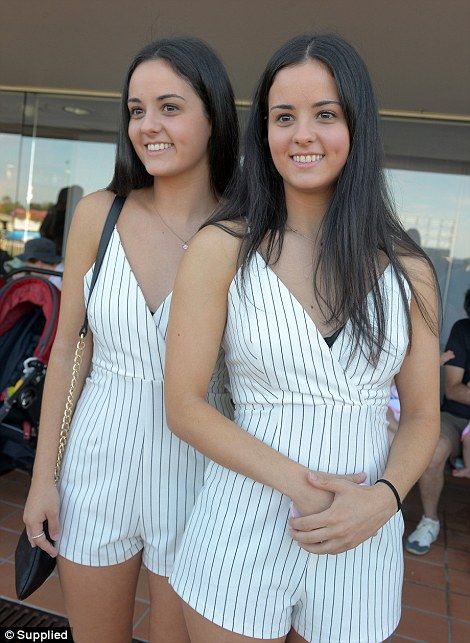
But though they had similar genetics and traits, the look-alikes had very different microbiomes, or communities of helpful and harmful microbes that live on and in the human body, and different epigenomes, or variations in expressed traits influenced by the experiences of past generations. From a nature vs. nurture perspective, this suggests that it’s DNA, not environmental factors or shared life experiences, that is primarily responsible for how similar doppelgängers look.
In a growing population, there’s bound to be some genetic overlap just by happenstance. “Because the human population is now 7.9 billion, these look-alike repetitions are increasingly likely to occur,” Esteller says in a statement.
View this post on Instagram
A post shared by François Brunelle (@francoisbrunelle.doubles)
Aside from pulling back the curtain on one of life’s great curiosities, the research could have important medical implications in the future.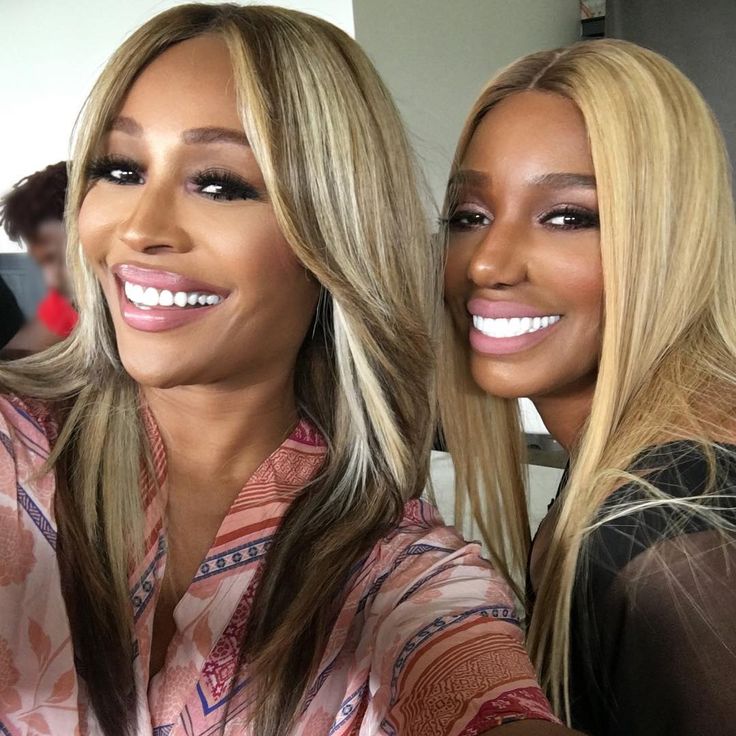 People with similar DNA may be equally susceptible to certain genetic illnesses, so doctors could use facial analysis as a quick and easy pre-screening tool, reports the Telegraph’s Sarah Knapton.
People with similar DNA may be equally susceptible to certain genetic illnesses, so doctors could use facial analysis as a quick and easy pre-screening tool, reports the Telegraph’s Sarah Knapton.
Researchers say the findings may also someday help police investigators conjure up the faces of suspects from their DNA samples. But that potential application wades into murky ethical territory, says Daphne Martschenko, a biomedical ethicist at Stanford University who was not involved in the study, to the New York Times’ Kate Golembiewski.
“We’ve already seen plenty of examples of how existing facial algorithms have been used to reinforce existing racial bias in things like housing and job hiring and criminal profiling,” Martschenko says to the Times.
Recommended Videos
When twins don't look alike
In January 2021, the journal Nature Genetics published an article stating that identical twins are not always identical - the genetic differences between them can be quite large. But before telling what the matter is, it is worth recalling what twins are in general.
But before telling what the matter is, it is worth recalling what twins are in general.
Photo: ru.depositphotos.com/STYLEPICS.
Developmental differences between identical and fraternal twins.
All chromosomes double before division, while homologous chromosomes exchange fragments of their own sequences with each other - crossing over occurs. During the first meiotic division, homologous chromosomes separate into daughter cells. During the second meiotic division, new daughter cells already receive copies of chromosomes that were synthesized ahead of time, even before division. nine0005
‹
›
View full size
“They are like twins” – this is how we talk about very similar people. In fact, there is a slight semantic confusion here. Twins are children or cubs born at the same time by the same mother. They may be monozygotic or heterozygous. Only identical twins will look alike like two peas in a pod. That is, if you adhere to biological rigor, you must say “they are like identical twins” - another thing is that in ordinary speech it will sound clumsy.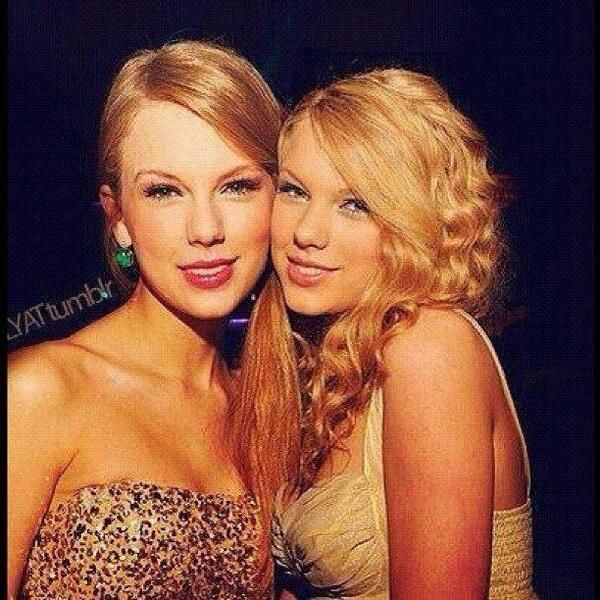 nine0005
nine0005
Why do some twins look alike and others don't? Any child develops from a fertilized egg (it is called a zygote, so identical twins are called monozygotic, and fraternal twins are called dizygotic, trizygotic, etc.). The male sex cell - the sperm - merges with the female sex cell - the egg or just the egg. The genetic material from the father and mother is combined and the development of the embryo begins. But it happens that several eggs are fertilized at once - two, three or more. We will not discuss why this is so. Let's just say that this happens much less often in humans than in animals, but it still happens. A woman gives birth to twins or triplets of fraternal twins. Children may or may not be very similar to each other. They can be of different sexes, with different blood types, with eyes of different colors, etc. But they have genes from the same parents. Why don't they look alike? Because different sex cells in the same person carry different variants of the same genes. nine0005
nine0005
In the same woman, one egg is not similar to another in terms of gene variants, just as one sperm is not similar to another in the same man. This happens because eggs and sperm are formed during a special cell division called meiosis. The progenitor cells of sperm and eggs carry 46 chromosomes, just like any other cell in our body. These 46 chromosomes are made up of two sets: 23 maternal and 23 paternal. That is, chromosome number one in each cell (except for germ cells) is in two copies: in the maternal version and in the paternal one. These variants are called homologous chromosomes. Chromosome number two, number three, etc. are also represented by two homologous chromosomes. Therefore, it is more correct to say that in human cells there are not 46 chromosomes, but 23 pairs of chromosomes. nine0005
Homologous chromosomes contain the same genes in the same sequence. But - an important point - these genes have different variants. For example, the gene encoding insulin sits on chromosome 11, but on the maternal homologous chromosome, the DNA sequence of the insulin gene may differ from the DNA sequence of the insulin gene on the paternal homologous chromosome.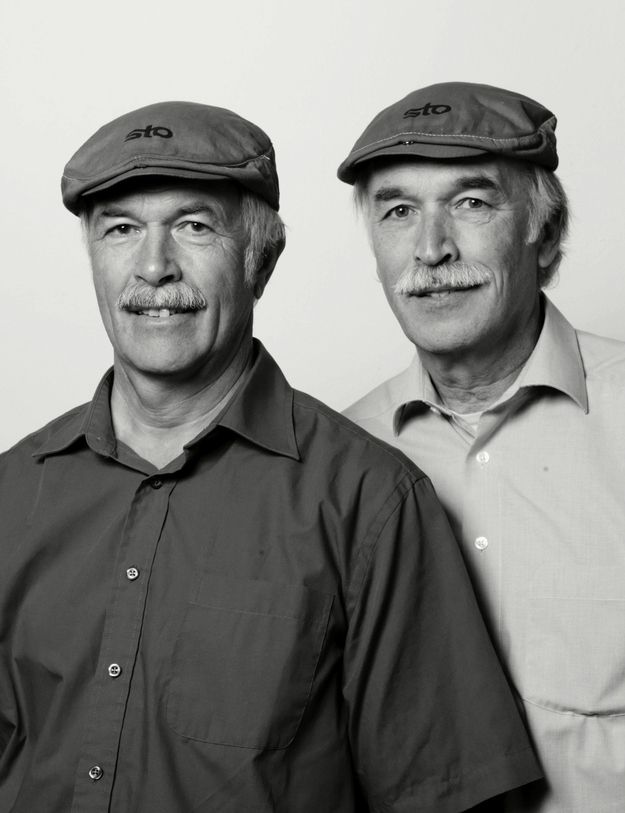 And these differences can be such that the paternal version of the gene will be less active than the maternal one, or vice versa. nine0005
And these differences can be such that the paternal version of the gene will be less active than the maternal one, or vice versa. nine0005
Before dividing, egg and sperm progenitor cells double their chromosomes, as all cells do. Each chromosome in a homologous pair has a copy. The original chromosome and its copy are called chromatids, that is, each chromosome in each homologous pair consists of two chromatids before division. Doubled chromosomes line up in the middle of the cell (in the equatorial plane), and then special protein threads begin to pull them apart to the cell poles. But during meiosis, not copies-chromatids of the same chromosome diverge to the poles, but paternal and maternal homologous variants. That is, if we take chromosome number one, which before dividing has two copies of the maternal variant and two copies of the paternal variant, then both maternal copies will go to one pole of the dividing cell, and both paternal copies will go to the other pole. It will be the same with the second chromosome, and with the third, and with all the rest. nine0005
nine0005
In this case, at one pole of the dividing cell, for example, both copies of the paternal variant of the first chromosome, both copies of the maternal variant of the second, both copies of the maternal variant of the third, and so on, will be collected. And at the other pole - on the contrary: maternal copies of the first chromosome, paternal copies of the second, third, etc. The cell is dividing, and now we have two cells in which the number of chromosomes has become half as many, although each of them is still in two copies . Homologous chromosomes have separated, each has lost its pair. Both cells divide again, but now they do not double their DNA, and chromatids, pre-synthesized copies of chromosomes, diverge to the poles. All this - that is, both divisions - is called meiosis. The result is four cells that contain one copy of one of the homologous variants of each chromosome. Such a chromosome set is called haploid, in contrast to diploid, when each chromosome is represented by two homologous ones. nine0005
nine0005
It is important that during the division of progenitor cells, from which eggs and spermatozoa are obtained, the chromosomes in them diverge in different ways. For example, one egg has paternal variants of the first, second, fifth, eighth chromosome, and the third, fourth, sixth and seventh are maternal. In another egg, the first is paternal, and the second is maternal, the rest are still somehow distributed. Considering that there are 23 chromosomes, each in two homologous variants, one can imagine how many combinations can be obtained in germ cells. The meaning of what is happening is to shuffle the genetic material so that new combinations of genes are obtained during fertilization. These new combinations may or may not be more successful for future offspring. If we live in a changing world, gene shuffling increases the likelihood of survival. nine0005
But back to our twins. Now we see how germ cells are genetically different from each other. And now it should be clear why when two eggs are fertilized by two sperm, the twins will be different.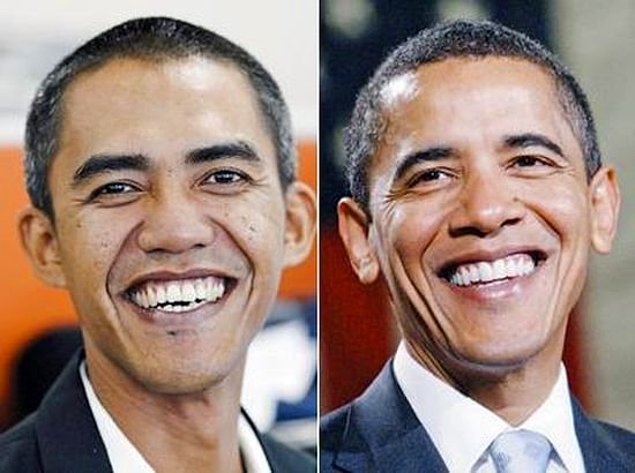 That is, they, of course, will be somewhat similar, because both will have the genes of their parents. But the combination of genes for everyone will still be their own, unlike the combination of genes in a brother or sister.
That is, they, of course, will be somewhat similar, because both will have the genes of their parents. But the combination of genes for everyone will still be their own, unlike the combination of genes in a brother or sister.
Where do identical twins come from then? They come from a single fertilized egg. After fertilization, the egg begins to divide, or, to be more precise, split up. Cleavage means that many smaller ones appear inside the original large egg. A large volume of the egg cytoplasm, as it were, is cut into many pieces. In each piece, of course, there is a complete copy of the genome - maternal and paternal chromosomes, combined during fertilization. As a result, a cell mass appears within the egg cell, from which the embryo begins to develop. (For clarity, we omit many process details and related terms here.)
And sometimes it happens that within one ovum two such cell masses appear, which decide that both of them are worthy to give rise to an embryo. That is, it all starts with one fertilized egg, and not with two different ones, which is why twins are called identical.![]() And therefore, both embryos will have the same gene variants - after all, they both came from the same fertilized egg. There are many hypotheses about why this is so. It is generally believed that the occurrence of identical twins depends on both genetic and non-genetic factors. These factors act on cells that appear as a result of egg crushing, so that their intercellular contacts weaken. Due to the fact that the contacts are weakened, the cells can become quite independent from each other, stop hearing each other's signals and form two cell masses for embryonic development. nine0005
And therefore, both embryos will have the same gene variants - after all, they both came from the same fertilized egg. There are many hypotheses about why this is so. It is generally believed that the occurrence of identical twins depends on both genetic and non-genetic factors. These factors act on cells that appear as a result of egg crushing, so that their intercellular contacts weaken. Due to the fact that the contacts are weakened, the cells can become quite independent from each other, stop hearing each other's signals and form two cell masses for embryonic development. nine0005
Identical twins may be non-standard. For example, they sometimes turn out to be of different sexes. This happens due to chromosomal abnormalities, when the cells of one and the other embryo for some reason receive a different set of sex chromosomes. Opposite-sex identical twins are extremely rare. It may also happen that an egg ready for fertilization for some reason divides in two. Two identical eggs are produced, which are fertilized by two different spermatozoa.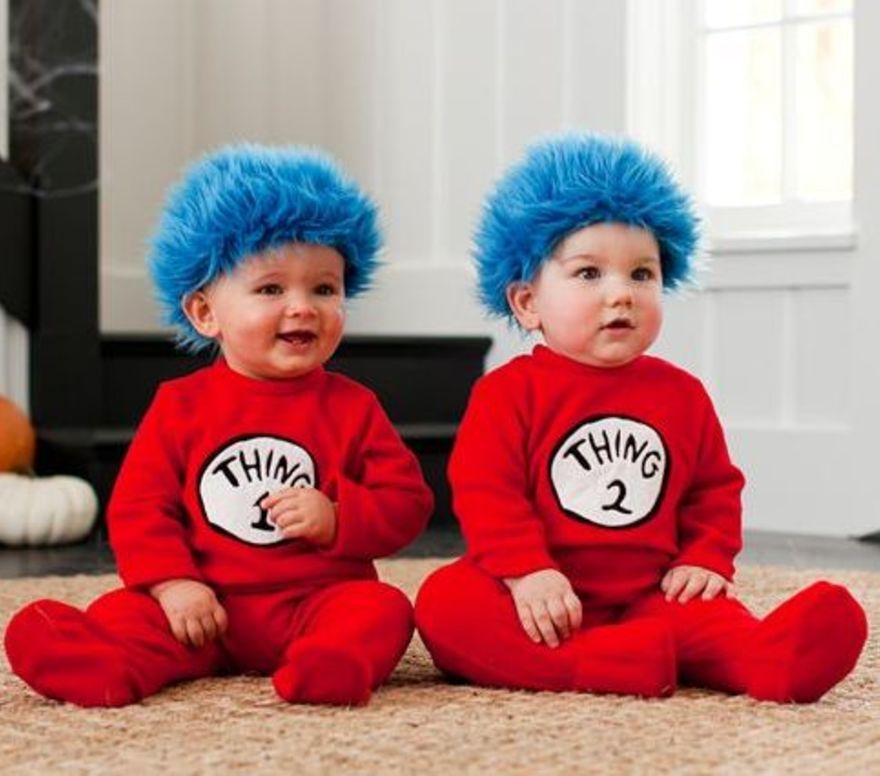 From two such eggs, embryos develop, which are formally identical - after all, again, it all started with one egg. But from two spermatozoa, they received different combinations of paternal chromosomes. As a result, semi-identical twins will be born - such a development of events is also extremely rare. nine0005
From two such eggs, embryos develop, which are formally identical - after all, again, it all started with one egg. But from two spermatozoa, they received different combinations of paternal chromosomes. As a result, semi-identical twins will be born - such a development of events is also extremely rare. nine0005
And here we come to the study in Nature Genetics that started the story. In fact, even ordinary identical twins are different from each other. This is not necessarily evident from their appearance, but if you study their genes, you can see the differences. The fact is that proteins that copy DNA make random errors-mutations. They are inevitable and due to the peculiarities of the "copier". Of course, there are few copying errors, even very few - otherwise no living organism could live due to mutations. Nevertheless, they are. DNA needs to be copied each time a cell divides. Now imagine how many cell divisions separate a fertilized egg invisible to the naked eye from a newborn baby. Even without an exact calculation, it is clear that a lot. nine0005
Even without an exact calculation, it is clear that a lot. nine0005
Researchers at the University of Iceland and the biopharmaceutical company deCODE genetics attempted to evaluate genetic differences between identical twins. The researchers were not looking for all the mutations that form between fertilization and childbirth, but only those that occur at a very early stage of development. A fertilized egg develops for some time, so to speak, in a free state, remaining not attached to the mother's body. At this stage, the embryo consists of several hundred cells. Then it is implanted in the wall of the uterus, and then some of its cells begin to form the body of the fetus. The aim of the work was to find out how many mutations occur in the embryo before implantation in the uterus. nine0005
How can you find out without killing the fetus? The researchers analyzed the genomes of 381 pairs of identical twins, their parents, their wives, husbands and children. First, if the mutation arose after fertilization, then it will not be found in the parents of the twins.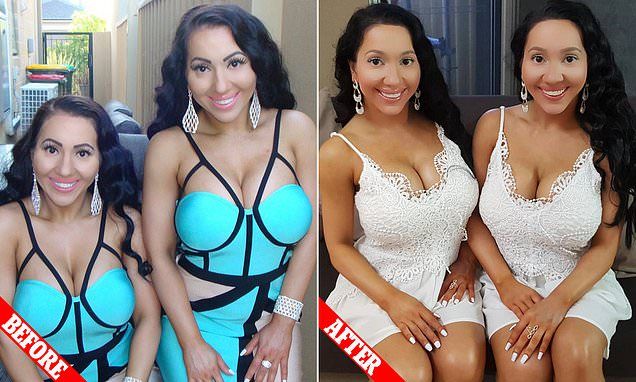 Second, because copying mutations occur randomly, the mutations of one twin will be different from the mutations of the other. Thirdly, if a mutation appeared at a very early stage of development, then it will be very, very common in the body - because all the cells of the body come from a handful of cells that have just implanted in the uterus. A very early mutation can be found, for example, in skin cells and at the same time in the cells from which sperm and eggs are formed. It is easy to take skin cells for analysis from a person, and muscle and adipose tissue cells, in general, too. But it is already very difficult to take the precursor cells of germ cells. However, we do not need them: if a person has a child, mutations in the parent's germ cells will go to the child. And fourthly, to make sure that this mutation was inherited by a child from a parent from a pair of twins, it is necessary to analyze the genome of the second parent. nine0005
Second, because copying mutations occur randomly, the mutations of one twin will be different from the mutations of the other. Thirdly, if a mutation appeared at a very early stage of development, then it will be very, very common in the body - because all the cells of the body come from a handful of cells that have just implanted in the uterus. A very early mutation can be found, for example, in skin cells and at the same time in the cells from which sperm and eggs are formed. It is easy to take skin cells for analysis from a person, and muscle and adipose tissue cells, in general, too. But it is already very difficult to take the precursor cells of germ cells. However, we do not need them: if a person has a child, mutations in the parent's germ cells will go to the child. And fourthly, to make sure that this mutation was inherited by a child from a parent from a pair of twins, it is necessary to analyze the genome of the second parent. nine0005
As a result, it turned out that the genomes of ordinary identical twins differ in early mutations by an average of 5.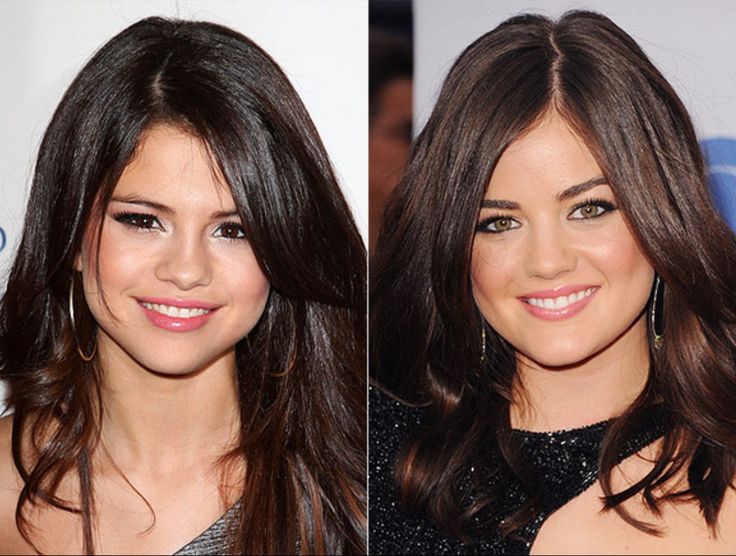 2%. But this is on average. In 15%, such differences were much more pronounced than in the rest. For example, among the study participants there was a couple in which one twin did not have any of the early mutations that the other had. In 39 pairs of twins, there were more than a hundred genetic differences between them. At the same time, no differences were found in 38 pairs due to early mutations. As might be expected, most of the mutations were due to DNA copying errors, although there were some that arose for other reasons. nine0005
2%. But this is on average. In 15%, such differences were much more pronounced than in the rest. For example, among the study participants there was a couple in which one twin did not have any of the early mutations that the other had. In 39 pairs of twins, there were more than a hundred genetic differences between them. At the same time, no differences were found in 38 pairs due to early mutations. As might be expected, most of the mutations were due to DNA copying errors, although there were some that arose for other reasons. nine0005
These results don't just tell us something new about human genetics and embryonic development. Identical twins are very often involved in studies comparing the influence of genetic and extragenetic factors on human development. Especially often such studies are related to the brain, intelligence, memory, emotions and other cognitive functions. The brain is extremely plastic and is constantly learning. And here, for example, how to understand why a child does poorly at school: is he just, as they say, genetically not predisposed to good studies, or is it the environment? In reality, the matter is both in one and the other, and the question itself must be posed differently: to what extent this or that trait is due to the genetic portrait, and to what extent - to the influence of the environment. Under the environment they mean the ecological situation, and bad habits, and the psychological state, and much, much more. nine0005
Under the environment they mean the ecological situation, and bad habits, and the psychological state, and much, much more. nine0005
It is clear what invaluable material identical twins represent here. If their genes are identical, then the differences between them can be attributed to the environment: it affects the genes and makes them more active or less active, which, in turn, affects the characteristics of physiology and psyche. By comparing identical twins, ordinary siblings, and other people who are not related to each other, one can understand where genetic conditioning ends and where environmental influence begins. nine0005
The use of identical twins in such studies should now be used with caution. They will have to read the genome to be sure that certain differences between them really come from different environmental influences, and not from random copy mutations at an early stage of embryonic development. But let's be optimistic: additional genetic control will make it possible to better understand the functions of individual genes and, at the same time, more correctly assess the relationship between genes and the environment in human development.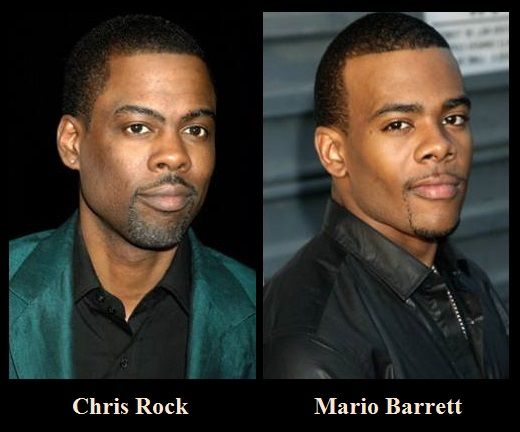 nine0005
nine0005
***
The terms "paternal variant of the chromosome" or "maternal variant of the chromosome" mean that the child received this variant from the father and from the mother. This does not mean inheritance only through the female or male line. The paternal version of the first chromosome in the father himself could have come from the grandmother. The only chromosome that is truly passed down through the male, and only through the male line, is the Y chromosome, one of the sex chromosomes.
Therefore, the term "homologous chromosomes" is more appropriate. By the way, in addition to the fact that they randomly diverge during division, they also exchange fragments of themselves with each other before dispersing. The paternal variant and the maternal variant approach each other and copy fragments of the DNA sequence into each other. The exchange of pieces of code between homologous chromosomes is called crossing over, and it adds variety to the combinations of genes formed during fertilization.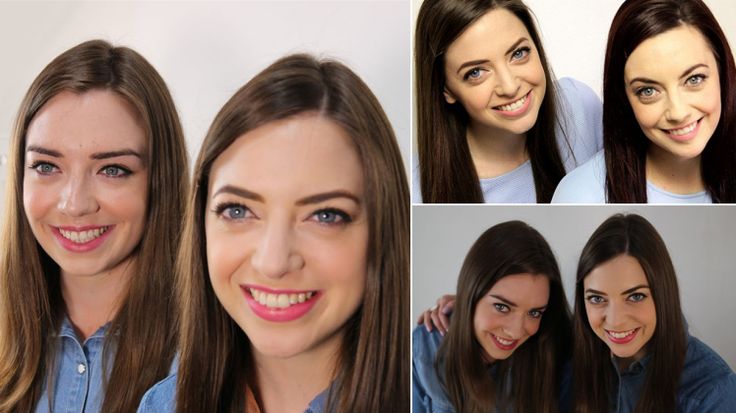 nine0005
nine0005
***
When spermatozoa are formed from progenitor cells, four spermatozoa are indeed obtained from one progenitor. With eggs, everything is different: from the precursor cell, one full-fledged egg and three so-called directional, or polar, bodies are obtained. These are very small cells that have donated their cytoplasm to the egg and cannot be fertilized.
So similar and so different
On the last Sunday of May, Twins Day is celebrated all over the world. On the holiday, it is customary to congratulate not only the heroes of the occasion, but also their parents. Raising twins is not an easy task that requires a lot of effort and patience, but all efforts always pay off doubly. After all, few can argue with the fact that it is between the twins that there is an invisible close connection that leads them through life. nine0068 Today we will tell you about what twins are, what amazing facts are associated with them, and we will reveal the secrets of star brothers and sisters.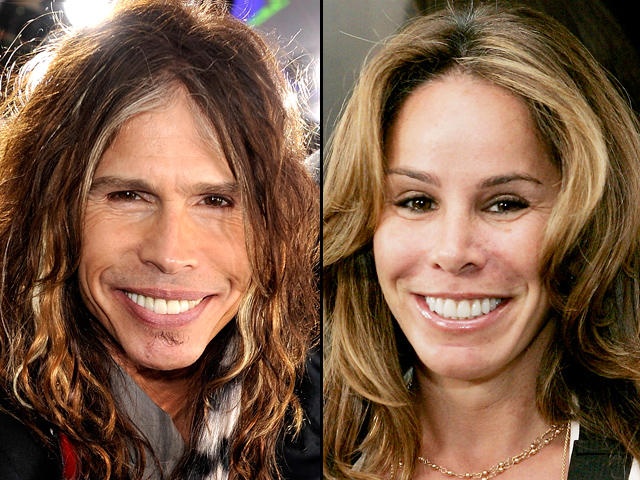
Twins, twins and triplets: is there a difference?
“Are you twins? Why don't they look alike?" - moms and dads of twins admit: they have to patiently explain the difference to people almost every day. On the playground or in the store there is always a curious passer-by.
Who are still considered twins?
These are children who developed as a result of one pregnancy and were born in the same birth almost simultaneously. But at the same time, external identity is not an obligatory sign at all.
Twins are monozygotic (identical, identical) and dizygotic (fraternal, twins). Monozygotic twins are formed as a result of the division of one egg. They are genetically identical, they have the same appearance, gender, blood type and Rh factor, only different fingerprints.
Dizygotic twins - they are called twins - are born as a result of the fertilization of two eggs. Twins have a different set of genes, and they look like each other in the same way as ordinary brothers and sisters.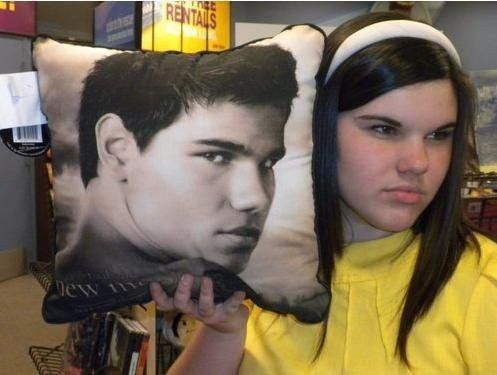 nine0005
nine0005
A combination of monozygotic and dizygotic variants is also possible. When two eggs are fertilized first, and then one of them divides into two copies, this is how you get triplets. Triplets can also be only identical - which is extremely rare - and fraternal.
According to statistics, twins are born more often than identical twins. Several factors can contribute to this, such as hereditary predisposition, IVF procedure, mother's age over 35, etc.
Doctors are still arguing about the causes of monozygotic pregnancy. Neither the version of a genetic predisposition, nor the possibility of transmission "by inheritance" is found to be confirmed. It can be considered that identical twins are a real miracle.
Twins in Russia and in the world
The number of born twins is growing every year. Already, every 42nd person in the world has a brother or sister - a twin, in total every year 1.6 million of these babies are born. About a third of them are monozygotic, the rest are dizygotic.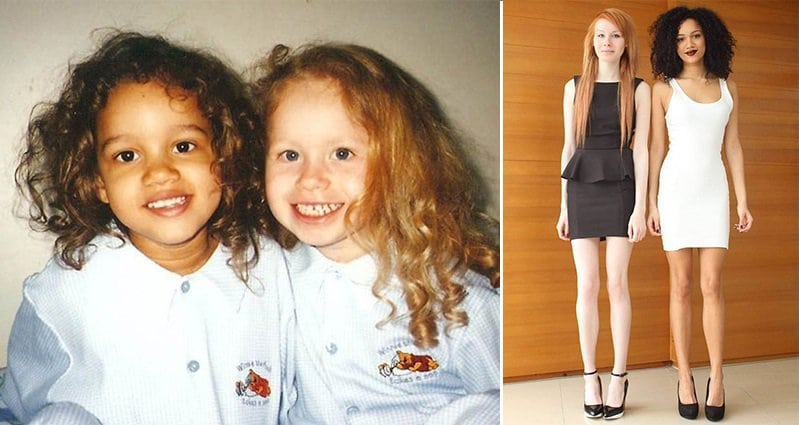 nine0005
nine0005
17,227 twins and 213 triplets were born in Russia in 2020. Rosstat also spoke about the most “prolific” regions in recent years: Moscow and St. Petersburg are in first place in this list, Sverdlovsk Region is in second place, Moscow Region is in third place, Tyumen Region is in fourth place, the fifth is shared between the Krasnodar Territory and Tatarstan. Over the past ten years, the maximum number of births of quadruplets was recorded in 2015, when quadruplets were born in five subjects of the Russian Federation - in Kalmykia, Yakutia, as well as in the Kirov, Nizhny Novgorod and Samara regions. nine0005
In Russia, there is even a “settlement of twins” — Denisovsky in the Rostov region. In the last 50 years alone, 50 pairs of twins have been born here. In the 2010s, with a population of a thousand people, there were up to 150 twin pairs - now that many have left, there are fewer of them. But still, such a number of twins in one locality is a rarity.
According to research, 30% more twins are born in the world today than 40 years ago.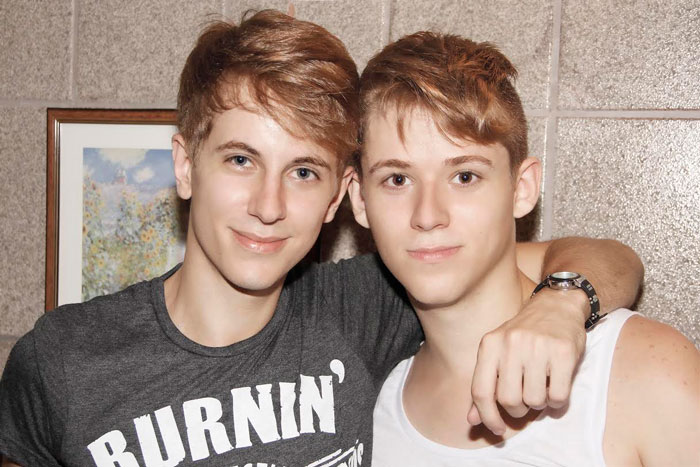 And if earlier African countries were considered world leaders in the birth of twins, today only a little more than 40% of all twins in the world are Africans. And in North America, the number of twin births increased by 71%, in Europe the increase was 58%. In South Korea, twins are born three times more often than 30 years ago. Scientists believe that the reason for this boom is the spread of IVF: the probability of having twins or triplets using this reproductive method is more than 20%. Another reason is that many women began to give birth later, and the likelihood of having twins increases with age. nine0005
And if earlier African countries were considered world leaders in the birth of twins, today only a little more than 40% of all twins in the world are Africans. And in North America, the number of twin births increased by 71%, in Europe the increase was 58%. In South Korea, twins are born three times more often than 30 years ago. Scientists believe that the reason for this boom is the spread of IVF: the probability of having twins or triplets using this reproductive method is more than 20%. Another reason is that many women began to give birth later, and the likelihood of having twins increases with age. nine0005
Star twins
There are also a lot of twins among famous people - and it often happens that both become famous at once. It would seem that competition cannot be avoided, but almost all star brothers and sisters admit that they simply could not have coped without the support of each other.
From school age, the Torsuev brothers, Vladimir and Yuri, became real stars. After the roles in the film "The Adventures of Electronics" (Vladimir played Electronics, and Yuri played Seryozha Syroezhkina), they were recognized by the whole country. The brothers say that all their lives they seem to feel each other at a distance. For example, when Vladimir had a sharp attack of appendicitis, Yuri, who was a thousand kilometers from his brother, also could not stand on his feet from pain. The fates of the brothers are closely intertwined and even similar, they still work together and even created a musical group. nine0005
After the roles in the film "The Adventures of Electronics" (Vladimir played Electronics, and Yuri played Seryozha Syroezhkina), they were recognized by the whole country. The brothers say that all their lives they seem to feel each other at a distance. For example, when Vladimir had a sharp attack of appendicitis, Yuri, who was a thousand kilometers from his brother, also could not stand on his feet from pain. The fates of the brothers are closely intertwined and even similar, they still work together and even created a musical group. nine0005
The famous actresses Olga and Tatyana Arntgolts speak of a similar relationship. There was no question of any jealousy in the profession. Olga recalls how one day she had to start rehearsing the role of her sister, because Tatyana could not take part in the filming. But at the last moment, plans changed, and as a result, Tanya played. But Olga was only happy for her sister. And there were many similar situations in the career of both.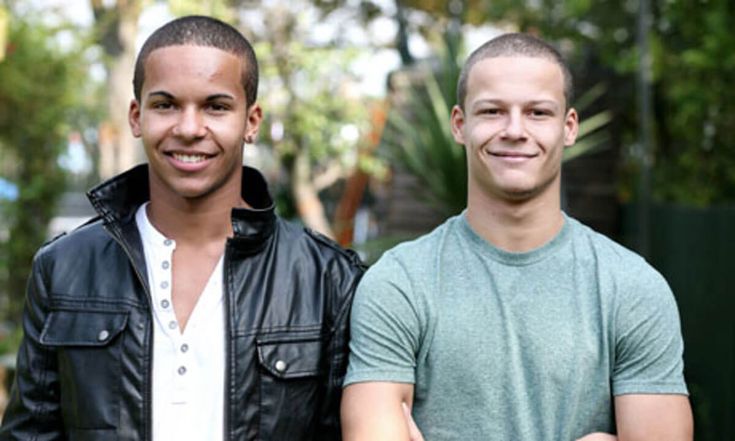 Tatyana was born literally a minute earlier than Olga, but she feels like an older sister, she worries about Olya all the time and takes care of her. nine0005
Tatyana was born literally a minute earlier than Olga, but she feels like an older sister, she worries about Olya all the time and takes care of her. nine0005
The famous Russian footballers, the twin brothers Andrei and Vasily Berezutsky, knew from childhood that they would link their fate with sports. After all, their father, a physical education teacher, became the first coach. For 16 years they played for CSKA, they have many victories to their credit. The brothers also ended their careers at the same time and are now engaged in coaching together.
Singer Natalya Podolskaya is very close to her twin sister. Juliana, in order to support her sister, moved to Moscow immediately after Natalia's not very successful performance at an international music competition. Even Natasha's famous husband, musician Vladimir Presnyakov, once admitted that he was a little jealous of his wife for his sister. “My heart is divided into two halves. One of them belongs to Yulia, the other belongs to my husband Volodya," the singer said.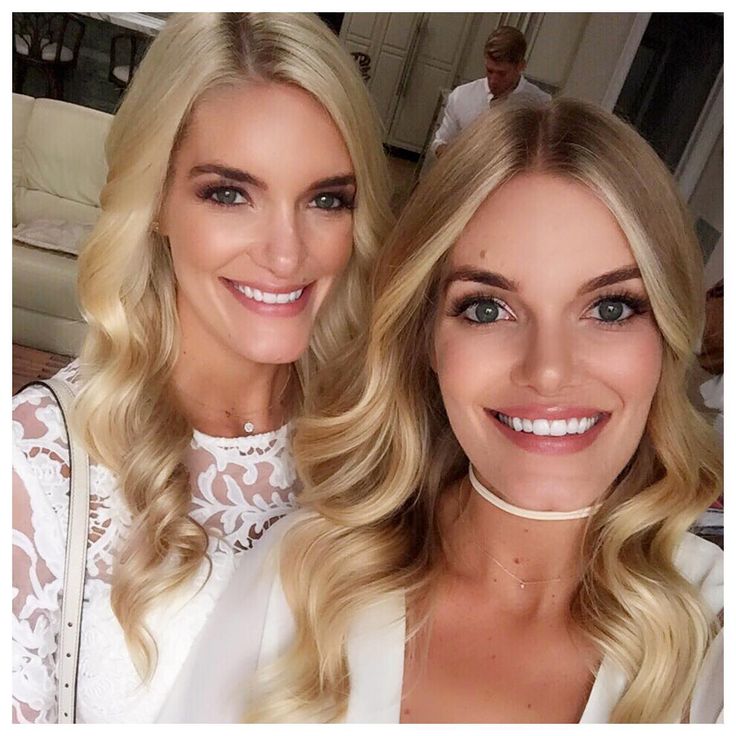 nine0005
nine0005
Sisters Dina and Arina Averina are our famous gymnasts. The girls started their professional career at the age of 11. They admit that there is no competition between them, although they compete with each other during their performances at the championships. At the Summer Olympics in Tokyo, according to most fans and experts, the sisters were literally sued: Dina was undeservedly deprived of gold, and Arina was completely left without a medal. Immediately after the end of the competition in Japan, they stated that they were ready to continue to fight and intended to prove themselves in Paris at the 2024 Olympics. nine0005
Surprising facts about twins
It is believed that twins are the closest people to each other. There is plenty of evidence that they literally feel each other from a distance. Many myths and legends are built around this wonderful feature. We will tell you about the truthful, but no less amazing facts about twins.
- In childhood, almost half of the twins have their own special language.
 To designate it, even a special scientific term was created - cryptophasia. This secret language can contain not only words or expressions, but also gestures, facial expressions and individual sounds. Scientists believe that most of the words are words distorted beyond recognition that children heard from their parents. Cryptophasia is most often superseded by normal language at the age of 3 years. nine0130
To designate it, even a special scientific term was created - cryptophasia. This secret language can contain not only words or expressions, but also gestures, facial expressions and individual sounds. Scientists believe that most of the words are words distorted beyond recognition that children heard from their parents. Cryptophasia is most often superseded by normal language at the age of 3 years. nine0130 - Scientists at the University of Nottingham in the UK conducted a study and found that among twins there are more left-handers (17% versus 10%) than among other people.
- About a quarter of identical (identical) twins have mirror similarities. For example, one of the kids has a mole on his right shoulder, the other has a mole on his left.
- Doctors often talk about the so-called "saving hug" phenomenon - when a healthy brother or sister is placed in an incubator with a sick baby. After some time, the first twin's vital signs improve. Science still cannot explain how it works and what it is connected with.
